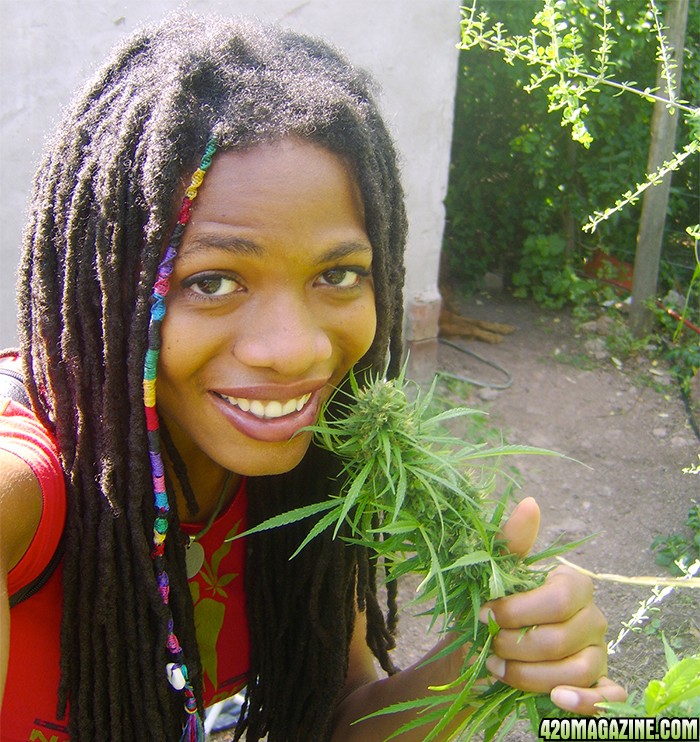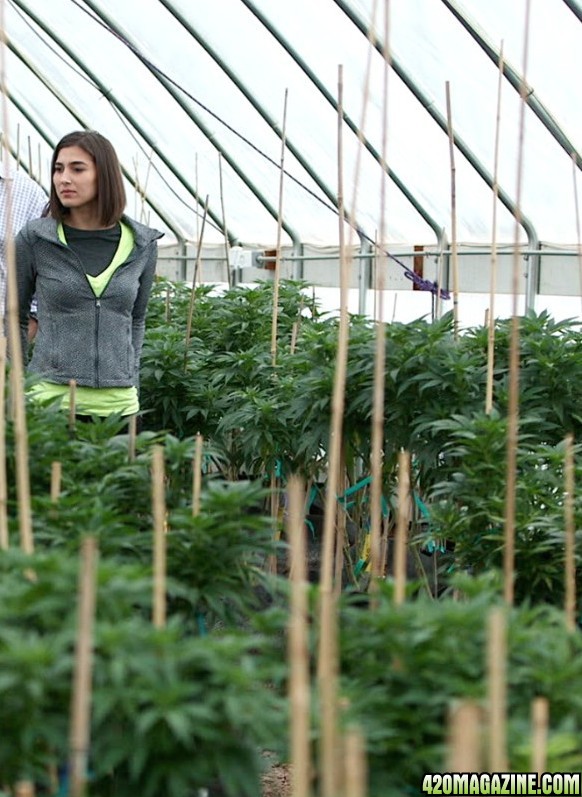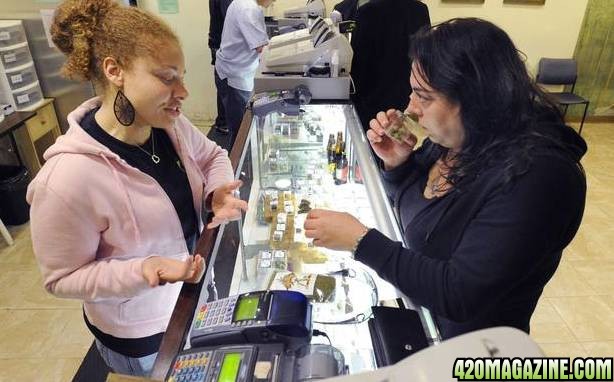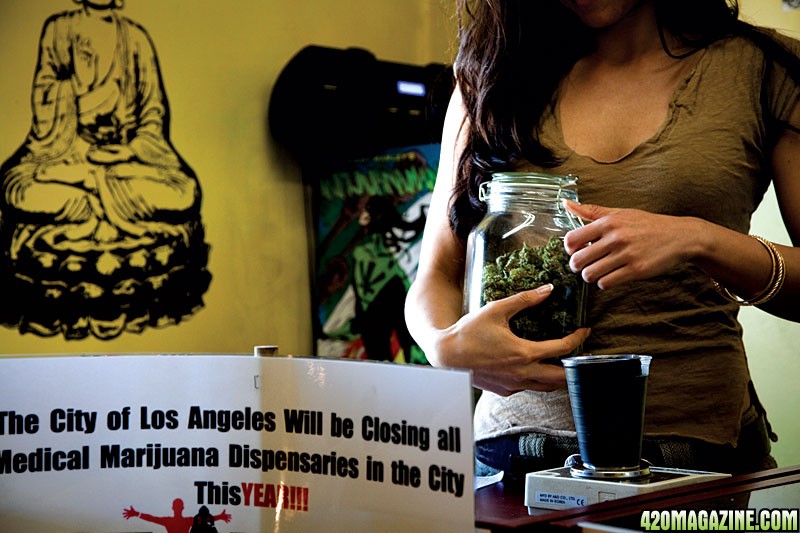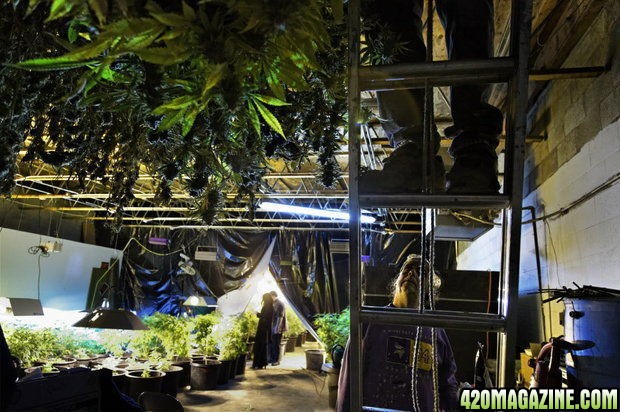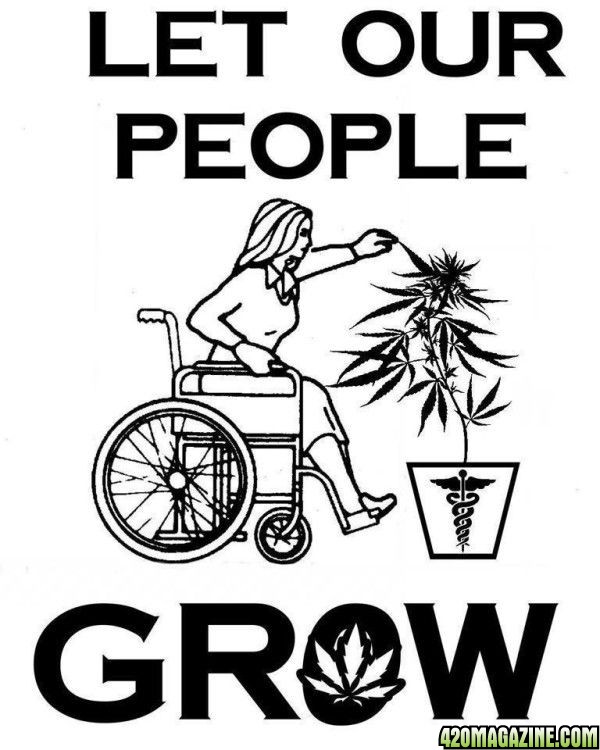- Thread starter
- #381
420RedHead
New Member
Cannabis buds are typically harvested when fully ripe. Generally, ripeness is defined as when the white pistils start to turn dark yellow, orange, light to mid red, etc. and the trichomes, (vernacular: crystals), barely begin to turn milky from clear. These trichomes can range from completely clear (generally deemed underdeveloped), to amberish-red. Ideally, professionals use a decent power magnifying glass, a brix meter to measure "sugar" content, and a microscope. The potential seed pods swell with resins usually reserved for seed production, thus improving the quality of the buds (called colitas, Spanish for "little tails"), which swell to form full "colas" (Spanish for "tails"). Harvesting slightly early will maximize the THC content. Harvesting later reduces the THC content and maximizes the sleep inducing effect desired by some medical users.





